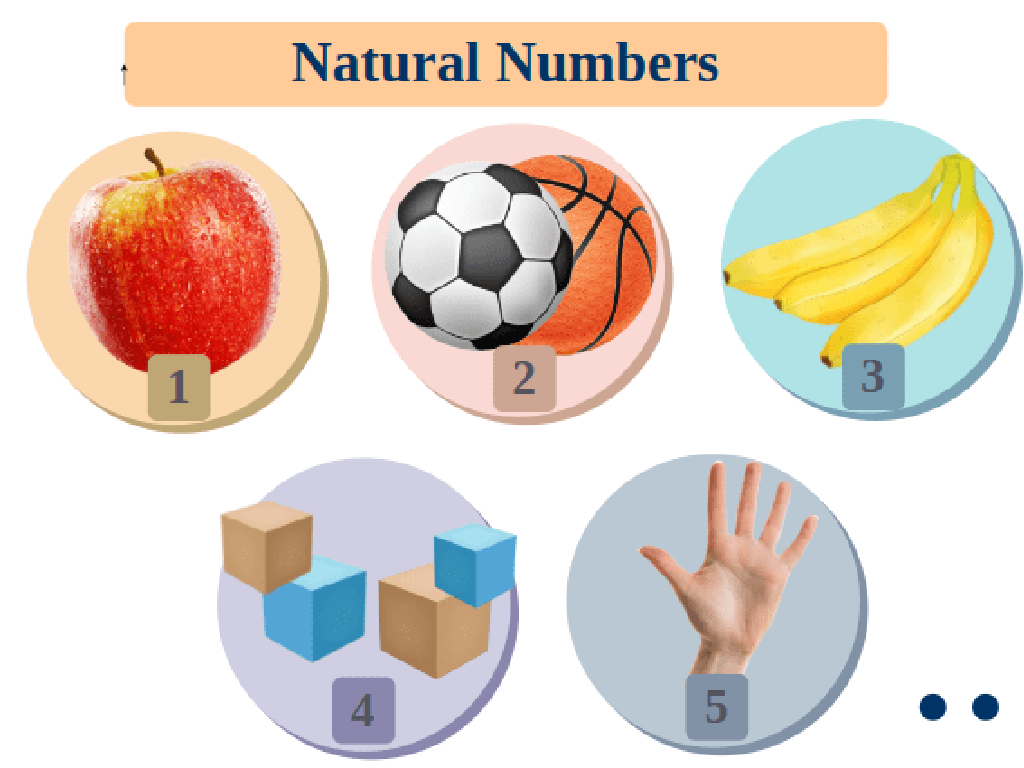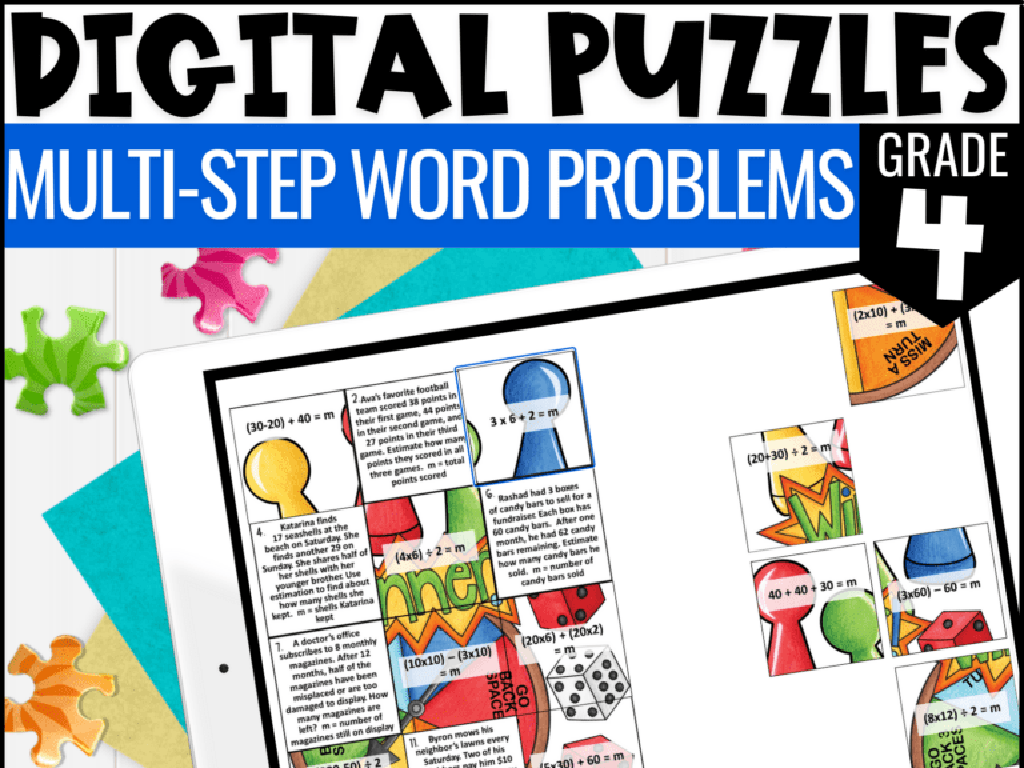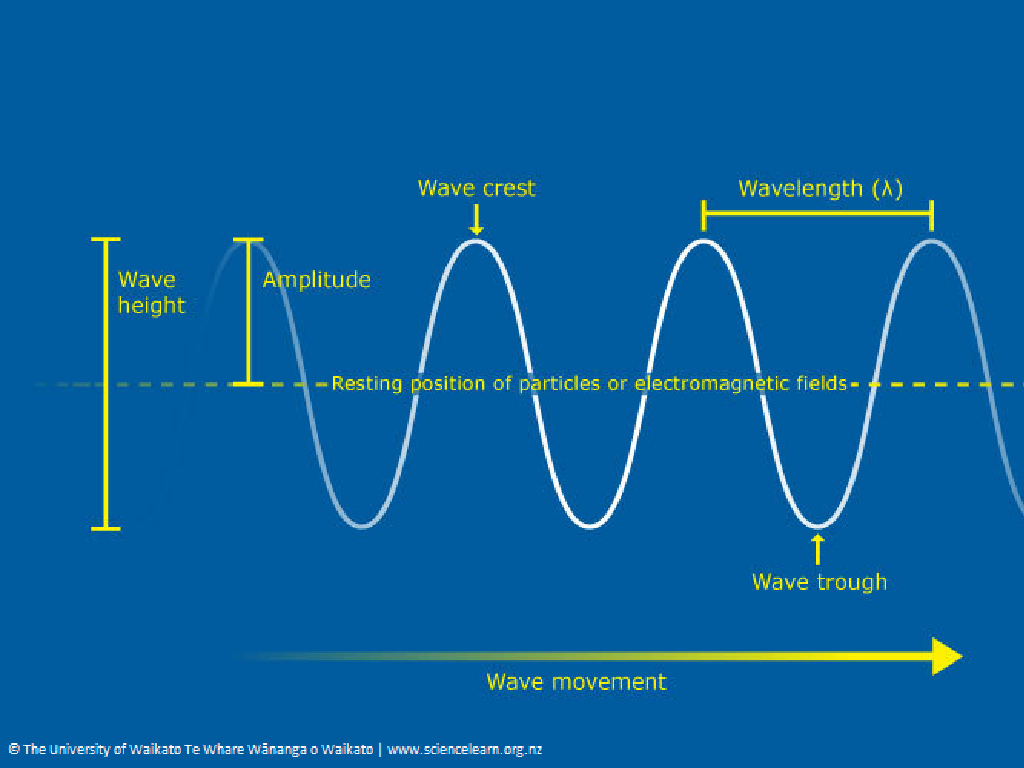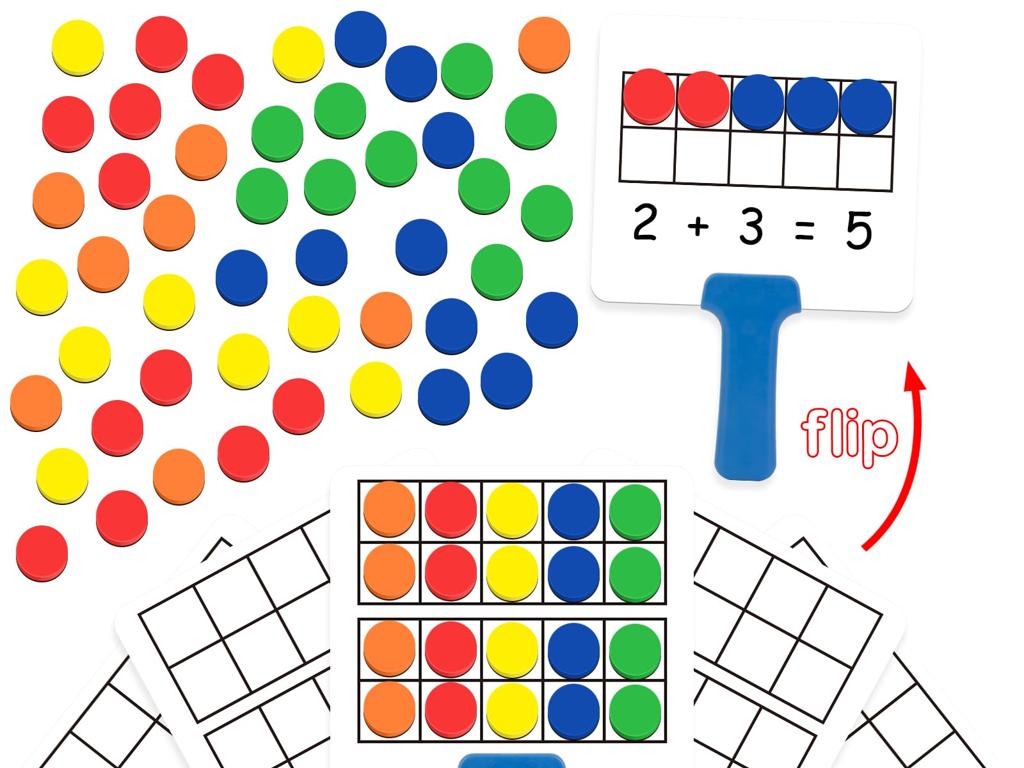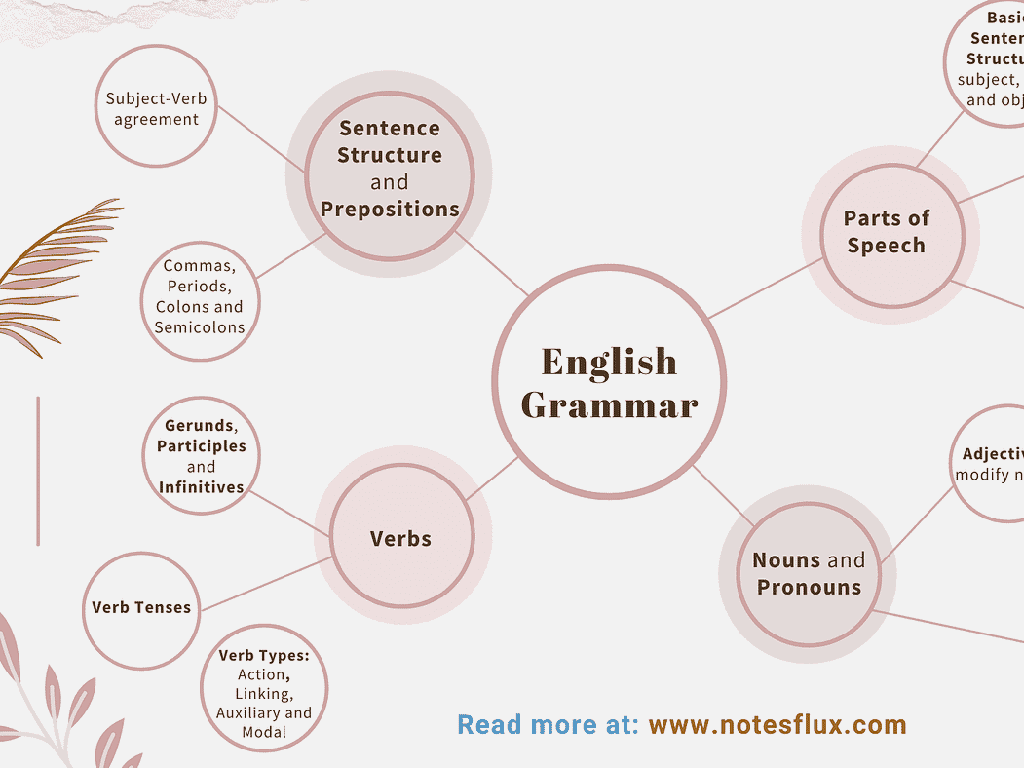Model And Write Subtraction Sentences For Word Problems - Up To 5
Subject: Math
Grade: Kindergarten
Topic: Subtraction Word Problems Up To 5
Please LOG IN to download the presentation. Access is available to registered users only.
View More Content
Welcome to Subtraction!
– Greetings, young mathematicians!
– Subtraction means taking away
– If you have 4 apples and eat 1, subtraction helps you find how many are left.
– It shows us what’s left over
– For instance, 5 ducks in a pond and 2 swim away. How many are left?
– Let’s practice with examples!
– We’ll use toys and pictures to learn!
|
This slide introduces Kindergarten students to the concept of subtraction as a means of finding out how many items are left after some are taken away. Emphasize that subtraction is simply ‘taking away’ and is part of everyday life, like when sharing snacks or playing with toys. Use tangible examples that are relatable to their daily experiences. During the lesson, provide physical objects for the students to handle and subtract from a group, such as blocks or counters. Encourage them to visualize the process and use their fingers if needed. The goal is to make subtraction a fun and interactive activity. Prepare to guide them through several examples, and ensure they understand the concept before moving on to writing subtraction sentences.
Understanding Subtraction
– Subtraction means taking away
– Finding out how many are left
– Example: 5 apples minus 2 apples
– If you start with 5 apples and give 2 away
– How many apples are left?
– Think about giving away 2 of your toys from 5, how many will you have?
|
This slide introduces the concept of subtraction to Kindergarten students by relating it to a simple and tangible scenario: apples. Start by explaining that subtraction is the process of taking something away. Use physical props like apples to visually demonstrate subtraction, showing that when we take some away, we have fewer items left. Encourage the students to visualize the scenario where they have 5 apples and give 2 away, then ask them to count how many apples they would have left. This helps them understand subtraction as a concept of ‘how many are left’ rather than just a mathematical operation. The goal is to make them comfortable with the idea of ‘taking away’ in a context they can easily grasp.
Understanding Subtraction Words
– ‘Less’ means to subtract
– If you have 5 apples and eat 2, you have 3 apples ‘less’.
– ‘Take away’ for subtraction
– If you ‘take away’ 2 toys from 5 toys, you have 3 toys left.
– The word ‘minus’ means subtract
– Use ‘minus’ like this: 5 – 2 equals 3.
– Practice with subtraction words
– Let’s try using these words with some problems!
|
This slide introduces the basic vocabulary associated with subtraction for Kindergarten students. It’s crucial to emphasize the meaning of ‘less’, ‘take away’, and ‘minus’ as they relate to subtraction. Use tangible examples like apples and toys to illustrate the concept, as these are items children can easily visualize. Encourage the students to use these words in sentences to describe subtracting items from a group. During the class, you can have different activities such as role-playing subtraction, using physical objects to ‘take away’, and drawing pictures to represent ‘less’. This will help reinforce their understanding of subtraction in a fun and interactive way.
Modeling Subtraction with Blocks
– Start with 5 blocks
– Take 2 blocks away
– Use fingers to show subtraction
– Pretend each finger is a block, fold two down
– Count the remaining blocks
– How many fingers are still up?
|
This slide introduces the concept of subtraction by modeling with physical objects, which is a concrete way for Kindergarten students to understand the concept. Start by showing 5 blocks, then physically remove 2 and ask the students to observe what happens. Encourage them to use their fingers to represent the blocks, folding down 2 fingers to subtract. After removing the blocks or folding fingers, guide them to count the remaining blocks or fingers. This hands-on activity helps solidify the understanding of subtraction as ‘taking away’. For the class activity, provide different sets of objects for the students to practice with and write down the subtraction sentences they’ve modeled. Possible variations for individual practice could include using different colored blocks, subtracting different numbers of items, or even using stickers that can be removed from a sheet.
Writing Subtraction Sentences
– Understand subtraction sentences
– Example: 5 – 2 = 3
– If you start with 5 apples and eat 2, you have 3 apples left.
– Subtraction means taking away
– Like when you have 5 toys and give 2 to a friend, 3 toys remain.
– Practice with real objects
|
This slide introduces the concept of subtraction sentences to Kindergarten students. Begin by explaining that a subtraction sentence is a way to write down what happens when we take some things away from a group. Use simple, relatable examples like toys or apples to illustrate the concept. Show them the subtraction sentence 5 – 2 = 3 and explain that the minus sign means ‘take away’ and the equals sign means ‘what is left or the result.’ Encourage the students to use their fingers or classroom objects to physically remove items and count what remains to reinforce the concept. Provide several examples and allow the students to create their own subtraction sentences using classroom items.
Let’s Practice Subtraction Together!
– Solve a problem as a group
– Use fingers or objects to subtract
– Counting down from 4 to 3 helps us subtract
– Example: 4 cupcakes, eat 1
– Starting with 4, take away 1 cupcake
– How many cupcakes left?
– We count the remaining cupcakes to find the answer
|
This slide is an interactive class activity designed to help Kindergarten students understand subtraction through a relatable example. Start by reading the problem aloud and encourage the students to visualize the scenario with actual cupcakes or illustrations if available. Guide them to use their fingers or classroom objects to represent the cupcakes, and then physically remove one to simulate eating it. This hands-on approach helps them grasp the concept of ‘taking away’ in subtraction. After solving the problem together, ask the students how many cupcakes are left to reinforce the concept. Provide additional similar problems with different numbers up to 5 for further practice. Remember to praise their efforts and make the activity fun and engaging.
Story Time: Subtraction Word Problems
– Subtraction stories are about taking away
– Read the story to find what to subtract
– Let’s solve a subtraction story together
– For example, if 5 apples are on the table and 2 are taken away, how many are left?
– Write the subtraction sentence we find
– From our story: 5 apples – 2 apples = 3 apples left
|
This slide introduces kindergarteners to the concept of subtraction through storytelling. Begin by explaining that some stories are about taking things away, and these are subtraction stories. Encourage the students to listen carefully as you read a story aloud and to visualize the action of items being removed. After reading, guide them to identify the elements of the story that indicate subtraction. Work through an example story as a class, and then help them translate the story into a subtraction sentence. Reinforce the idea that subtraction tells us how many things are left after some are taken away. Prepare to assist students in writing their own subtraction sentences based on the story read.
Class Activity: Create Your Subtraction Story
– Invent a subtraction story
– Use toys or drawings to illustrate
– Example: If you have 5 blocks and give away 2, how many do you have left?
– Write your story’s subtraction sentence
– Example: 5 blocks – 2 blocks = 3 blocks
– Share your story with the class
|
This activity is designed to help Kindergarten students understand subtraction in a tangible and creative way. Encourage the children to use toys or drawings to represent the objects in their story, which will help them visualize the subtraction process. Guide them to write the corresponding subtraction sentence that describes their story. For example, if a student tells a story about having 5 apples and eating 2, they would write ‘5 – 2 = 3’. After they have created their stories and written their sentences, ask them to present their story and explain the subtraction to the class. This will reinforce their understanding and give them practice in explaining their thought process. Provide assistance as needed and ensure that each child feels successful in their storytelling and math writing.
Celebrating Subtraction Skills!
– Congratulations on learning subtraction!
– Subtraction shows how many left over
– If you have 5 apples and eat 2, subtraction tells us 3 are left.
– Practice with toys and drawings
– Use your toys to take away and count what’s left.
– Keep up the good work at home!
|
This slide is meant to wrap up the lesson on subtraction word problems up to 5. It’s important to praise the students for their hard work and ensure they understand the practical application of subtraction in everyday life. Encourage them to continue practicing at home using familiar items like toys or through drawing pictures. This will help reinforce the concept and improve their confidence in using subtraction. Suggest parents to engage in simple subtraction activities with their children to further support learning.

